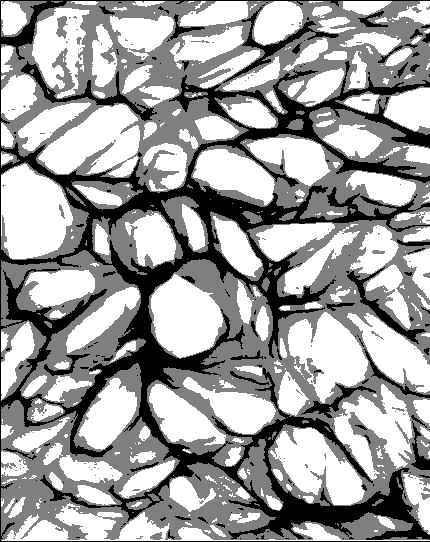Small scaffold could give big clues on cancer
 US researchers have created a tiny implant that can attract and capture cancer cells before they overtake the body.
US researchers have created a tiny implant that can attract and capture cancer cells before they overtake the body.
The team found that capturing cancer cells prevents them from spreading in the body, cutting off their progression to a deadly state.
“We started with an idea of, could we develop an implant that the cancer cells would go to, and the idea is that the cancer cells are going to the lung, could we make something that could be more attracted to the cancer cells more than the lungs and that way the cells would go there,” said the study’s co-author, Professor Lonnie Shea from the University of Michigan.
“And you’d also know where to look, you’d have a place that you could specifically scan…and you’d know; ‘Okay there’s no signs of cancerous cells, I’m cancer free’,” she said.
“Or if you find something suspicions then you could take it out, you could then analyse it, figure out what’s the best chemotherapy drug for you and then be able to start therapy.”
The miniscule cancer-attracting implant is made of polyactide-co-glycolide (PLG), which is used because it dissolves in the body after a period of time.
“The long-term vision for this is that patients with a high risks for developing cancer could actually get an implant and that implant could essentially be scanned very regularly to look for the earliest signs that cancer is occurring,” Professor Shea said.
“That way you could actually know very early stages when the cancer’s starting, you could then take action immediately,” she said.
“At the same time there is this benefit that having the implant actually seems to reduce the extent to which the cancerous cells are present, so it has certainly this early intervention approach to it but also has seems to have some therapeutic opportunities because it does reduce the number of cancer cells.”
She said the team hoped that the new implant would be able to bring cancer to a standstill, at least long enough for experts to look into other treatment options.
More details are available in the full report, published here in the journal Nature Communications.








 Print
Print